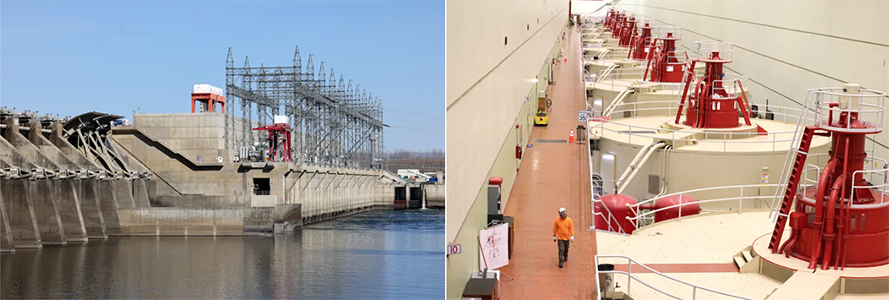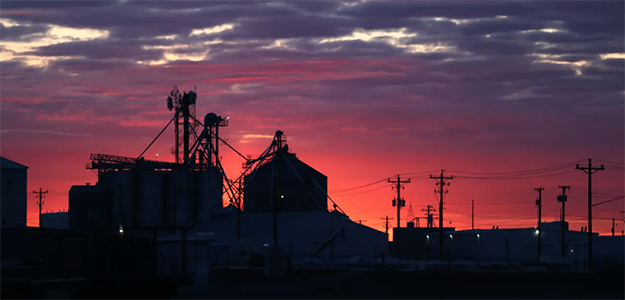||| FROM PROPUBLICA |||
In a vast stretch of Central Washington’s high desert, the farms and small towns of Grant County sit on nothing short of a gold mine.
Grant County’s utility district owns two public dams on the colossal Columbia River that are capable of powering more than 1.5 million homes. For decades, this sparsely populated county had enough clean hydroelectricity to meet its own power needs and sell the excess at a low cost across the Northwest.
Then wealthy companies, catering to the insatiable demands of our digital world, arrived in the county. Attracted by the cheap electricity, they built power-guzzling data centers — the warehouses filled with computer servers that back the modern internet. Local officials welcomed the industry’s economic potential.
But with demand soaring and the power from dams finite, Grant County has been forced to look to other sources of energy. The problem is so acute that the county is headed for a daunting choice in the next six years: violate a state green energy law limiting the use of fossil fuels or risk rolling blackouts in homes, factories and hospitals.

High-voltage power lines stretch across the Columbia River at Wanapum Dam, one of two major sources of hydroelectricity for the Central Washington farming community of Grant County.
State lawmakers set the stage for this reckoning. In 2019, the Legislature passed a measure to make Washington’s utilities carbon-neutral by 2030. At the same time, in the name of bringing jobs to rural areas, lawmakers encouraged the explosive growth of the data center industry through a massive tax break.
Remarkably, Washington in recent years has gotten a smaller share of its electricity from renewable sources than it did two decades ago, according to the most recent state data. That’s despite the fact the state produces a quarter of the nation’s hydropower.
“Our existing hydro system is pretty much tapped out,” said Randall Hardy, an energy consultant and former administrator of Bonneville Power Administration, the federal agency that owns Washington’s largest dam. “So you’ve got a dilemma of how you’ll meet this additional load from data centers with clean resources or, frankly, with any resources.”
**If you are reading theOrcasonian for free, thank your fellow islanders. If you would like to support theOrcasonian CLICK HERE to set your modestly-priced, voluntary subscription. Otherwise, no worries; we’re happy to share with you.**








